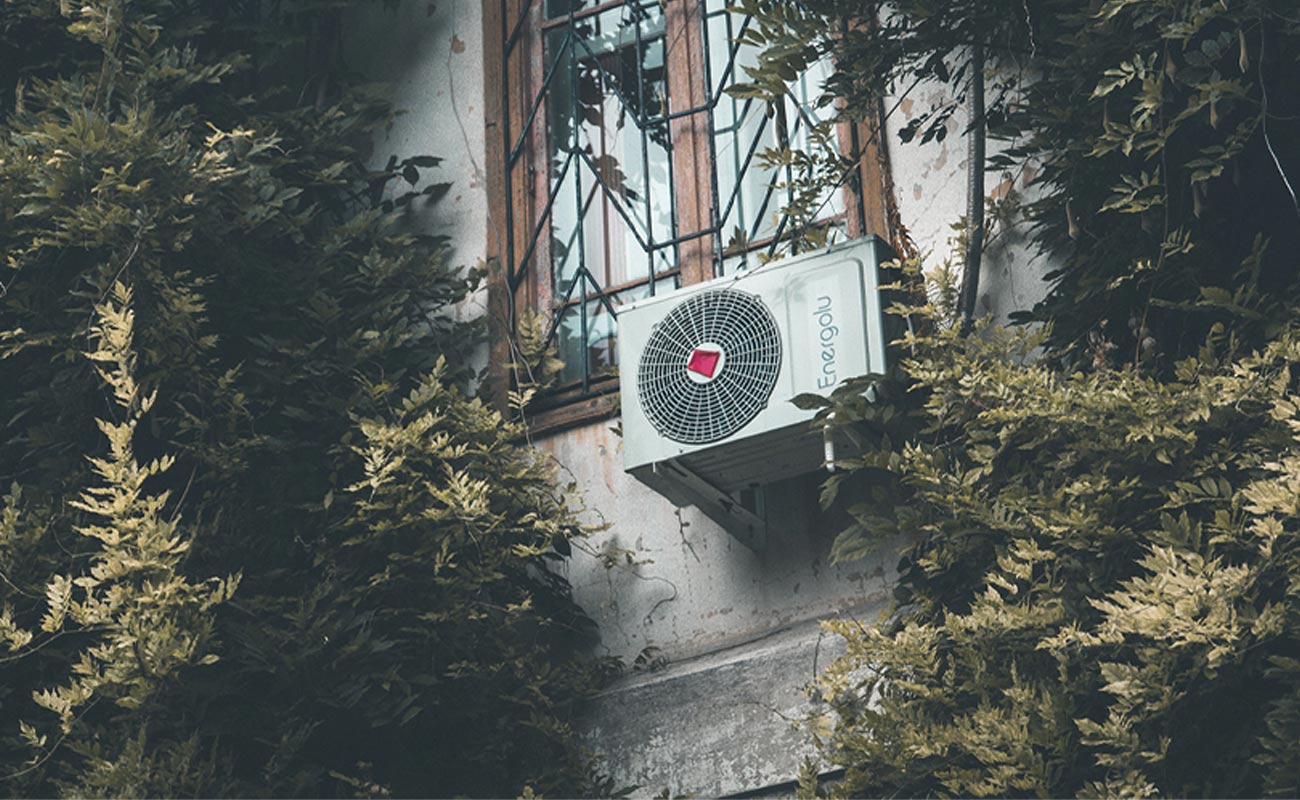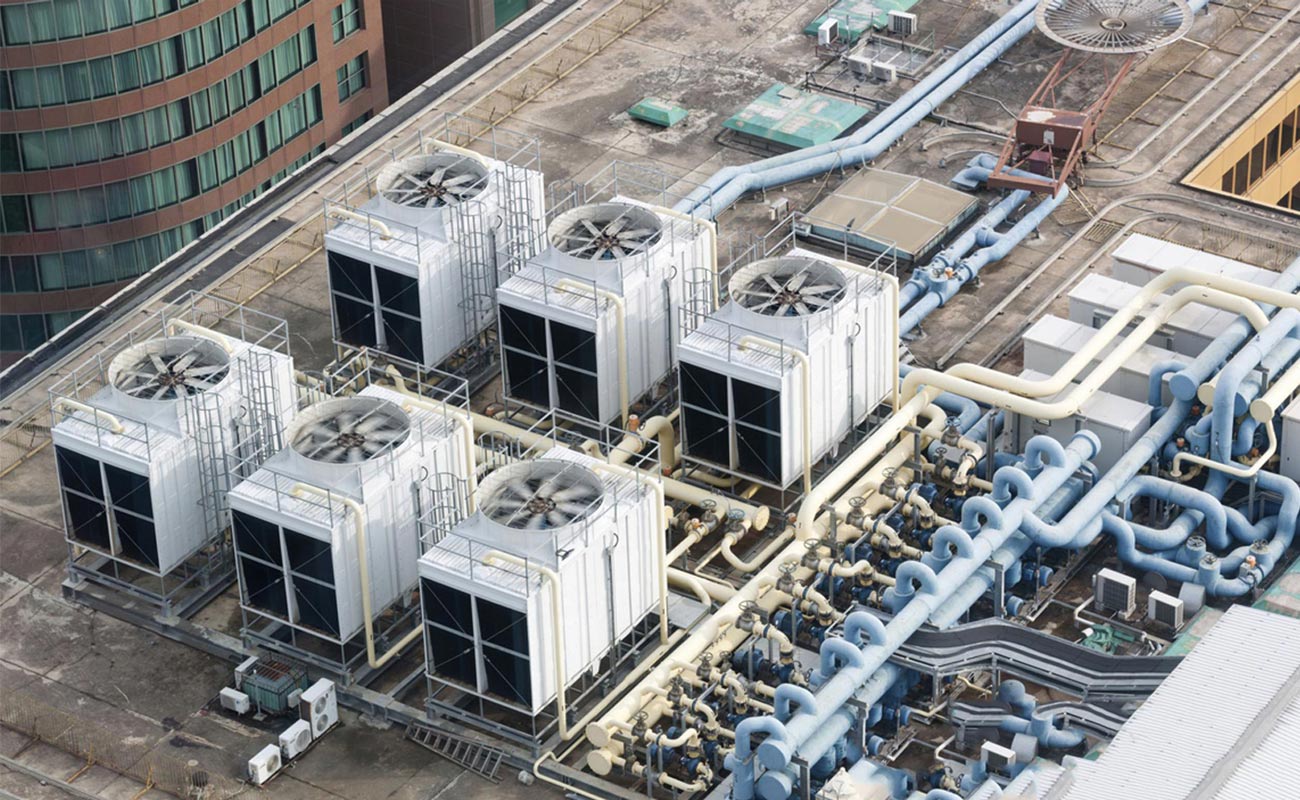The actual process air conditioners use to reduce the ambient air temperature in a room is based on a very simple scientific principle. The rest is achieved with the application of a few clever mechanical techniques. Actually, an air conditioner is very similar to another appliance in your home; the refrigerator. Air conditioners don’t have the exterior housing a refrigerator relies on to insulate its cold box. Instead, the walls in your home keep cold air in and hot air out.
Your air conditioning unit uses chemicals that convert from gas to liquid and back again quickly. These chemicals transfer the heat from the air inside your property to the outside air.
The AC unit has three key parts. These are the compressor, the condenser, and the evaporator. Your unit’s compressor and condenser are typically located in the outside part of the air conditioning system. Inside the house is where you will find the evaporator.
The cooling fluid reaches the compressor as a low-pressure gas. The compressor squeezes this gas/fluid, and the molecules in the liquid are packed closer together. The closer the compressor forces these molecules together, the higher the temperature and energy rise.
This working fluid exits the compressor as a high-pressure, hot gas, and it moves to the condenser. The outside unit of an air conditioning system has metal fins all around the housing. These fins work like the radiator on a vehicle, and they help dissipate heat more quickly.
When the fluid leaves the condenser, it is much cooler. It’s also changed from a gas to liquid because of the high pressure. The fluid makes its way into the evaporator through a minuscule, narrow hole and when the liquid reaches the other side of this passage, its pressure drops. When this happens, the fluid begins to evaporate to gas.
As this occurs, the heat is extracted from the surrounding air. This heat is required to separate the molecules of the liquid into a gas. The metal fins on the evaporator also help exchange thermal energy with the surrounding air.
When the refrigerant leaves the evaporator, it is once again a low-pressure, chilled gas. The process starts all over when it goes back to the compressor. There is a fan that’s connected to the evaporator, and it circulates air around the inside of the property and across the fins of the evaporator.

Installation, maintenance and repair of Residential Air conditioners

Large scale deployment of Air conditioners and cooling systems
Accent cooling has been a valuable partner in ensuring that all guests who check into our hotel have a pleasant experience. They are quick in responding and sorting out all technical issues relating to our Air conditioning units. I’d recommend their services any day.
